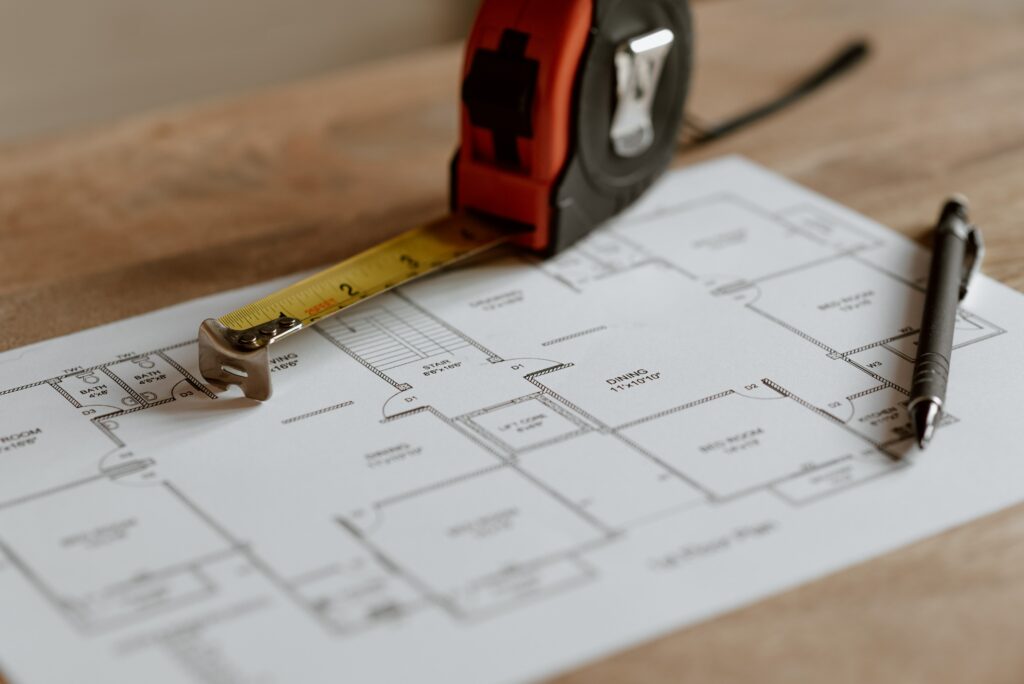
In commercial leases, tenant improvements (TIs) are crucial to shaping the space to meet the tenant’s needs. Whether you’re a business owner seeking to change your rented commercial space or a landlord looking to negotiate lease terms, understanding tenant improvements is crucial. Our comprehensive guide explains what tenant improvements are, who is responsible
for them and how they are typically handled.
What are Tenant Improvements?
Alterations made to a space to meet the tenant’s needs are referred to as tenant improvements, sometimes known as leasehold improvements or build-outs. These alterations might be anything from modest aesthetics, like painting or new flooring, to major changes, like structural adjustments or the installation of plumbing and HVAC.
Who is Responsible for Tenant Upgrades?
The lease terms between the tenant and the landlord will determine who is responsible for tenant upgrades. A turnkey space is one where the property is already built out to a given quality and is offered by the landlord in some circumstances. The renter might only have limited control over the improvements in this case.
Alternatively, the lease agreement can provide that the tenant is responsible for managing and paying for all improvements. This strategy frequently allows tenants to customize their space but necessitates careful planning and finance. The landlord and tenant negotiate the conditions and cost-sharing arrangements for the improvements under a third alternative, which entails a shared obligation.
7-Step Guide to the Tenant Improvement Process
When working with tenants to provide updates to their rented space, following project guidelines can help organize and facilitate the process. These seven tips can help landlords improve the tenant improvement process:
1.) Set Project and Tenant Goals
Before beginning any project, it is helpful to identify and prioritize your tenant’s needs and business objectives. A planning meeting can help both parties agree on a desirable and functional layout, preferred aesthetics, and the need for specialized equipment or fixtures.
2.) Negotiating Lease Terms
It is important to review the lease terms with your tenant. As a landlord, determine the scale of improvements you will allow and the budget. Don’t be afraid to push back changes that may be difficult or costly to alter in the future. However, if you are willing to negotiate, it can help attract and keep tenants long-term.
3.) Design and Planning
If you plan to facilitate tenant improvements as a landlord, hire an architect, commercial construction project manager, and interior designer. The designing and planning stages of newly built spaces and commercial renovations are challenging. This stage involves creating floor plans, selecting materials, and determining the necessary permits and approvals. These commercial construction professionals can help manage the project from start to finish and ensure all aspects of the scope meet the tenant’s needs.

4.) Budgeting and Financing
For budgeting purposes, estimating the cost of tenant upgrades is essential. Consider the cost of building and the fees for architecture and design, permits, and other related expenses. You will also need to factor in downtown for the occupied space. It is common to begin full payment once the space is occupied or at a certain project phase. Any project delays may result in income delays from rent.
5.) Obtaining Approvals and Permits
Renovations and improvements to the structural integrity of space may require permits or city approvals. Obtaining the proper permits may be timely and involve ensuring the project is to building and city codes, safety codes, zoning regulations, and for hospitality or restaurants, health codes.
6.) Project Execution
Once the project is ready, your construction project manager will help ensure everything runs smoothly and on time. They will work with the construction team and any subcontractors to move through each phase. The project manager will also provide regular updates and handle any changes or challenges that may arise.
7.) Project Completion and Handover
Upon project completion, the last step is the final walk-through and handover. The walk-through involves completing the punch list and bringing the tenant and landlord through the newly renovated space. At this time, the project is approved, or the tenant can make any requests within the scope.
Tenant improvements are an important aspect of commercial leases, allowing tenants to tailor their rented space to meet their needs. Understanding the process is crucial for effective negotiations and the seamless execution of modifications. This comprehensive guide, combined with professional advice when needed, empowers you to navigate tenant improvements confidently. Doing so allows you to create a space that optimizes your business’s productivity, functionality, and aesthetics, setting the stage for success. Division 9 Commercial Construction can work with you on your tenant improvement projects.
